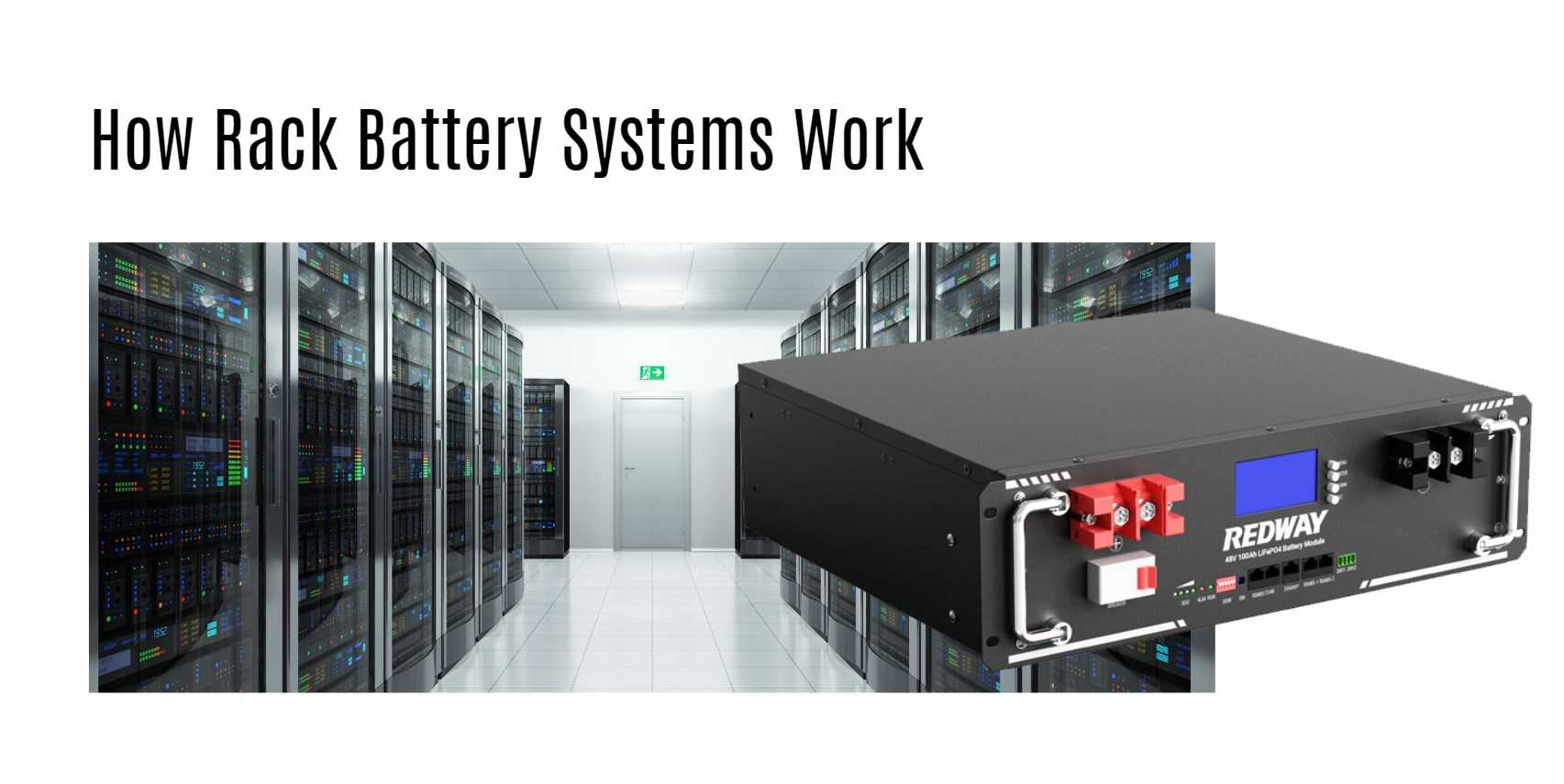As technology continues to advance, so too does our need for reliable and efficient energy storage solutions. One such solution is the lithium ion rack battery system, which has been gaining popularity in recent years due to its many benefits over traditional battery systems. But what’s next for this innovative technology? In this blog post, we’ll explore the basics of lithium ion batteries and how rack battery systems work, as well as the numerous advantages they offer. We’ll also take a look at what’s on the horizon for lithium ion batteries and how OEMs can prepare for the future of energy storage. So sit back, relax, and let’s dive into the exciting world of lithium ion rack battery systems!
The Basics of Lithium Ion Batteries
Lithium ion batteries are a type of rechargeable battery that has become increasingly popular due to its high energy density, long lifespan, and low self-discharge rate. These batteries use lithium ions as their primary charge carriers, which move between the positive and negative electrodes during charging and discharging cycles.
The construction of a lithium ion battery typically consists of one or more cells housed within a protective casing. Each cell contains two electrodes – a positive electrode made from lithium cobalt oxide or another similar material, and a negative electrode made from graphite.
When the battery is charged, positively charged lithium ions move from the positive electrode through an electrolyte solution towards the negative electrode where they are stored in layers between the graphite sheets. When discharged (i.e., supplying power), these same positively-charged ions flow back to the positive electrode via an external circuit providing electricity.
Lithium ion batteries can be found in numerous applications ranging from small electronic devices like smartphones to larger appliances such as electric cars. They offer several advantages over traditional lead-acid batteries including higher energy density enabling lighter weight for equivalent capacity; lower maintenance requirements with no need for water topping up; longer life span than alternative technologies etc.
How Rack Battery Systems Work
Rack battery systems are a popular solution for energy storage in various industries. They work by combining multiple lithium-ion batteries into a single unit that is mounted on a rack. This setup allows for efficient use of space and easy access to the batteries.
At its core, the system works by charging the batteries during off-peak hours when electricity rates are lower. The stored energy can then be used during peak demand periods or when there is an outage.
The racks typically include monitoring systems that measure each battery’s health and performance, ensuring that they operate at optimal levels. In addition, some systems may feature cooling technology to prevent overheating and prolong battery life.
One of the main advantages of rack battery systems is their scalability – additional racks can easily be added as needed to meet changing demands. They also have a longer lifespan compared to traditional lead-acid batteries, reducing maintenance costs over time.
Rack battery systems provide reliable backup power solutions while promoting sustainable practices through efficient energy management.

The Benefits of Lithium Ion Batteries
Lithium ion batteries have become increasingly popular in recent years due to their numerous benefits. One major advantage of these batteries is that they are lightweight and compact, making them ideal for use in portable electronic devices such as smartphones and laptops.
Another significant benefit is their high energy density, which allows them to store more power than traditional lead-acid batteries. This means that lithium ion batteries can provide longer run times for electric vehicles and renewable energy systems.
In addition, lithium ion batteries have a longer lifespan compared to other battery types. They also require less maintenance since they don’t need periodic discharge cycles like lead-acid batteries do.
Lithium ion batteries are also more environmentally friendly than other battery types since they don’t contain hazardous materials such as cadmium or mercury. These batteries charge faster than conventional lead-acid ones, reducing downtime significantly.
The benefits of using lithium-ion technology are clear: improved performance and efficiency with fewer environmental impacts make it an attractive option for OEMs looking towards the future.
What’s Next for Lithium Ion Batteries?
In recent years, lithium ion batteries have become a popular choice for energy storage solutions due to their high performance, long lifespan and low maintenance. However, as technology keeps advancing at an unprecedented pace, what’s next for lithium ion batteries?
One of the most promising developments is solid-state batteries which are expected to deliver higher energy densities and faster charging rates compared to traditional liquid electrolyte-based lithium-ion batteries. Solid-state batteries also offer improved safety features since they don’t contain flammable or volatile materials.
Another area of interest is recycling and sustainability. As demand for lithium-ion batteries continues to grow worldwide, there’s a need for effective ways of disposing of used or damaged ones without causing harm to the environment. This has led researchers to explore innovative recycling techniques such as using bacteria that eat away at metals contained in the battery components.
Furthermore, research into alternative battery chemistries such as sodium-ion and zinc-air are also ongoing with the aim of developing cheaper and more sustainable options than existing technologies.
It’s clear that there are exciting times ahead in the world of lithium-ion battery systems with new developments focused on improving performance, safety and sustainability.
Conclusion
The future of lithium ion rack battery systems looks promising as OEMs continue to innovate and improve upon existing technology. With benefits such as longer lifespans, faster charging times, and increased energy density, it’s no wonder that lithium ion batteries are becoming increasingly popular in a variety of industries.
As advancements in technology continue to be made, we can expect even more improvements in the efficiency and functionality of these systems. From electric vehicles to renewable energy storage solutions, the potential applications for lithium ion rack battery systems are vast.
It’s an exciting time for this rapidly evolving industry and we look forward to seeing what new developments will emerge in the coming years. As demand increases for more efficient and sustainable energy solutions, lithium ion batteries are sure to play a critical role in shaping our future energy landscape.




